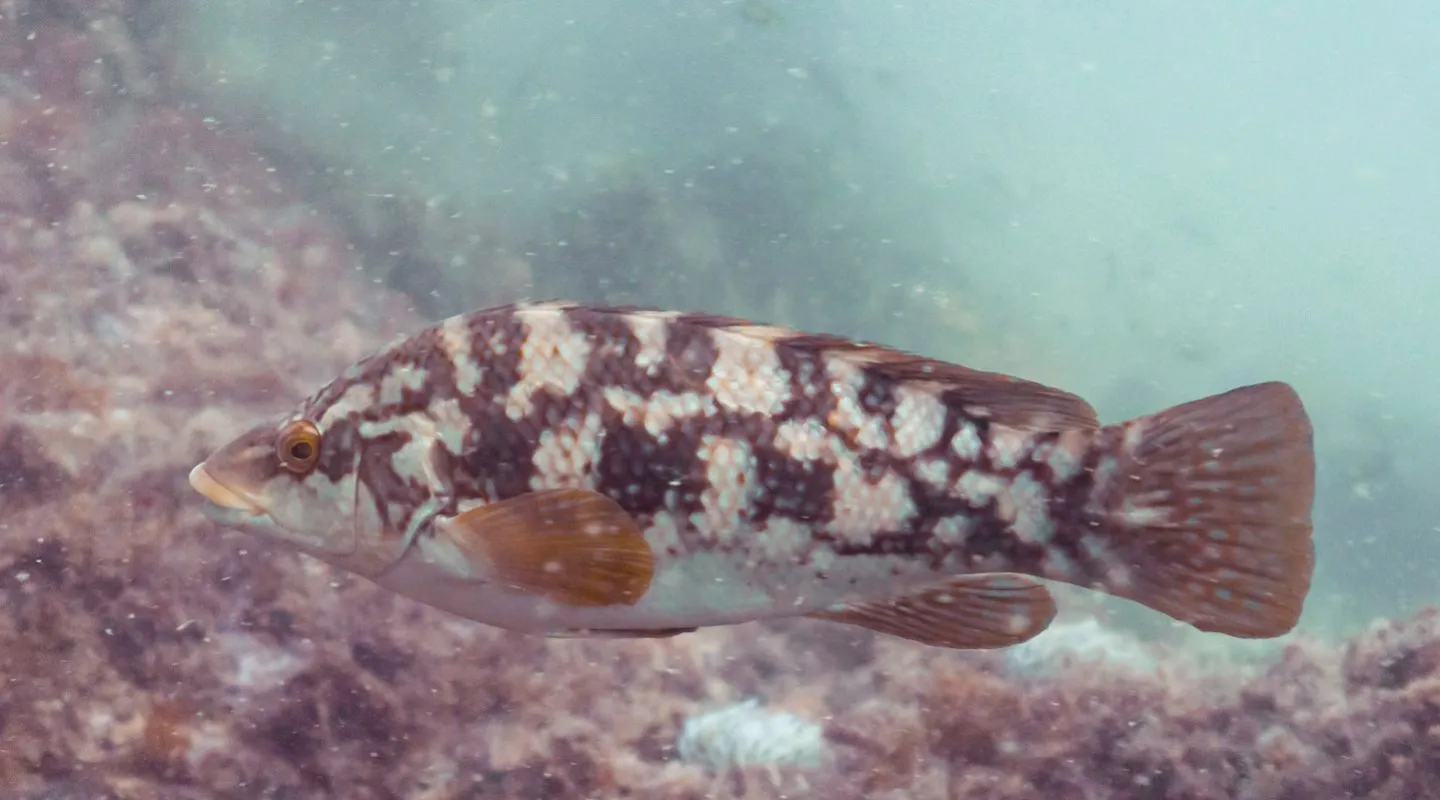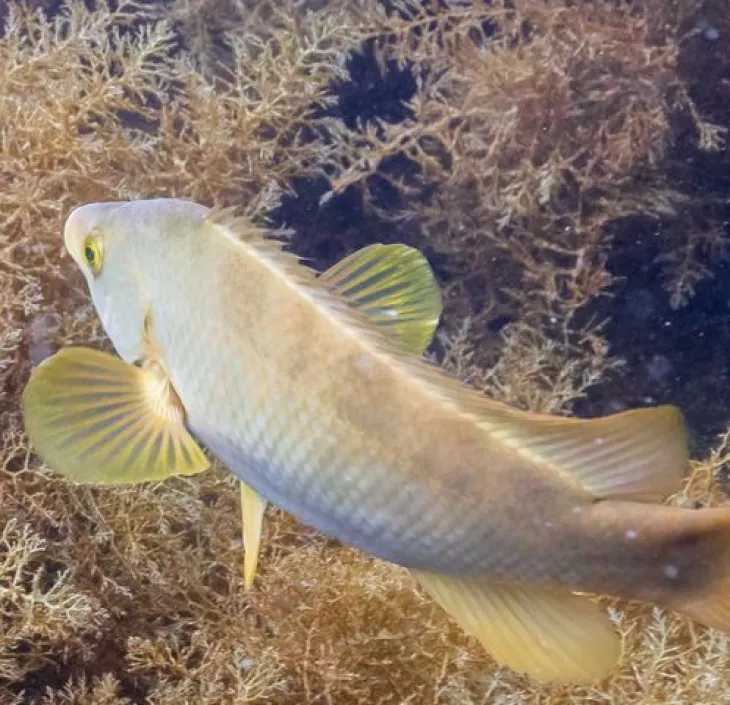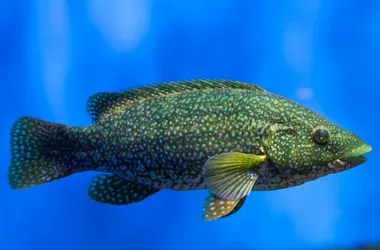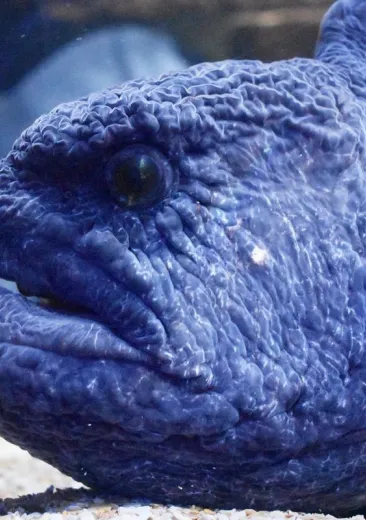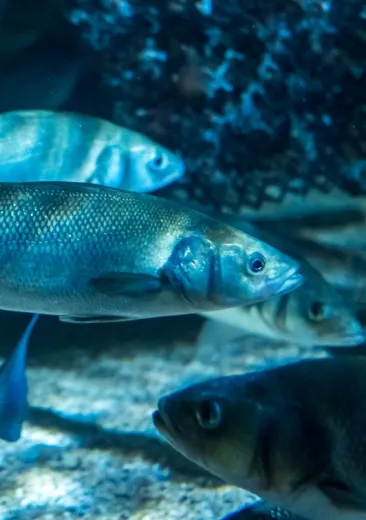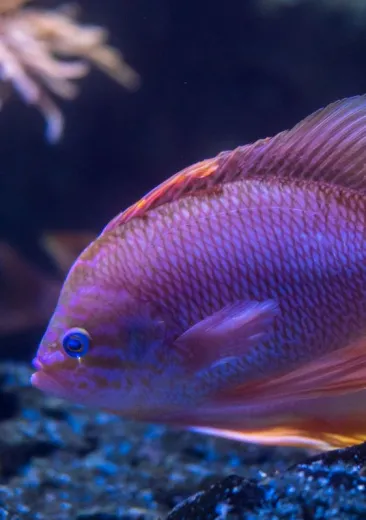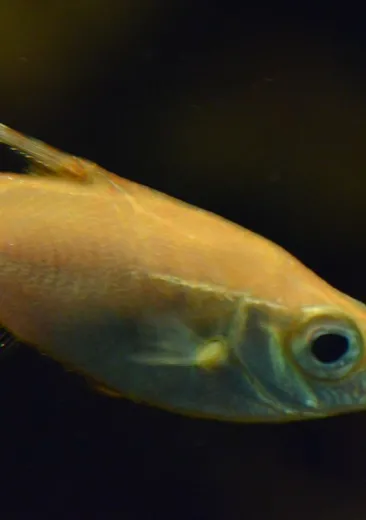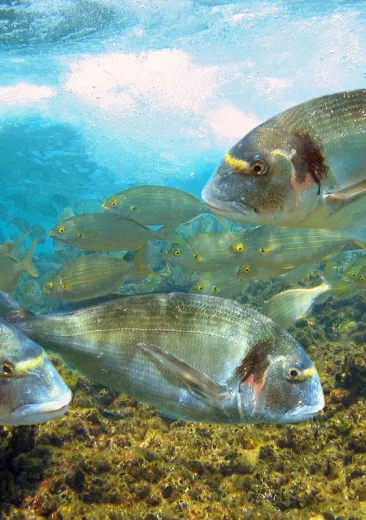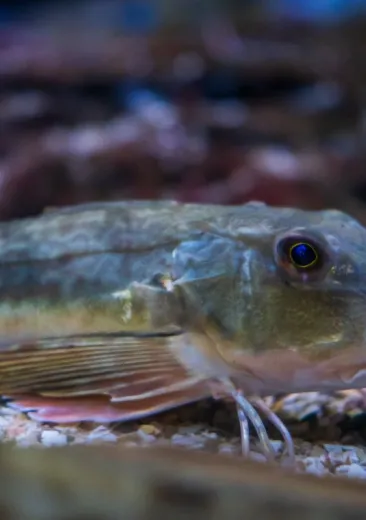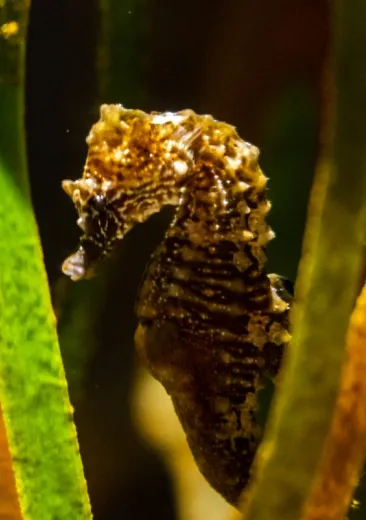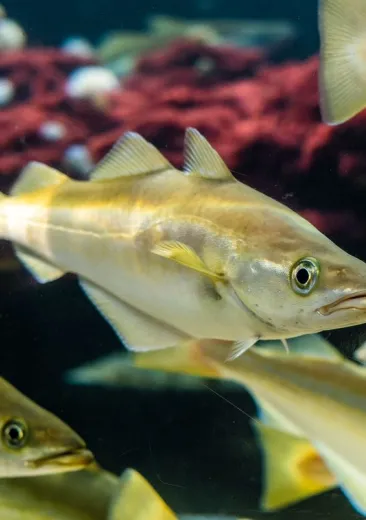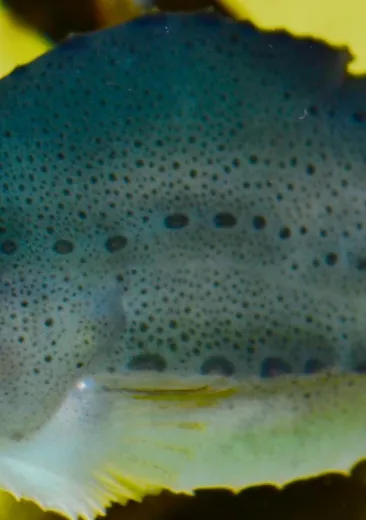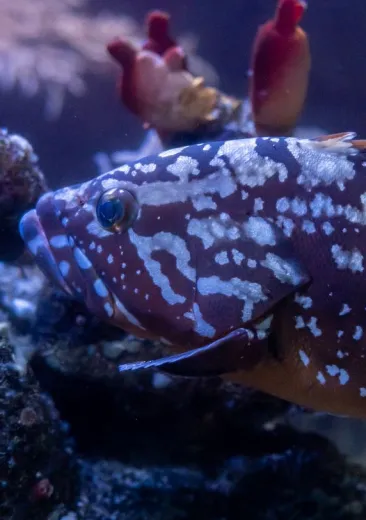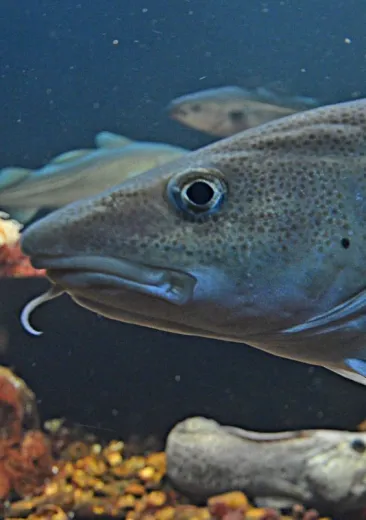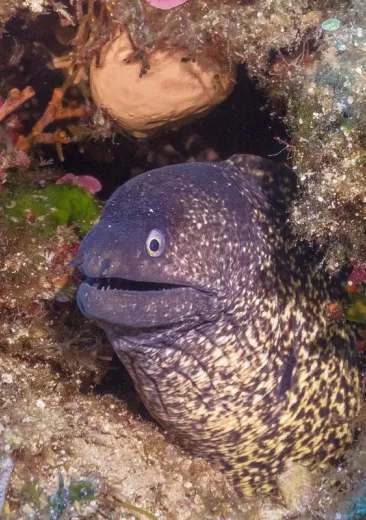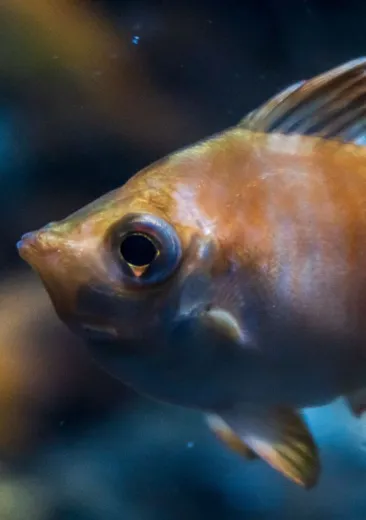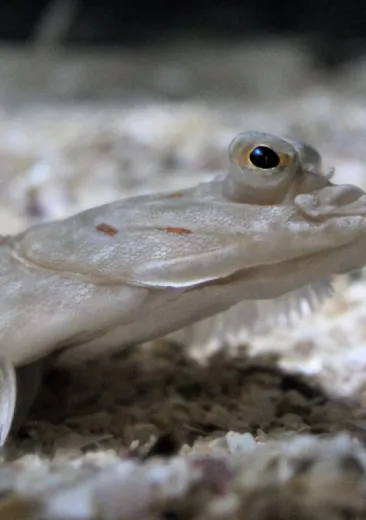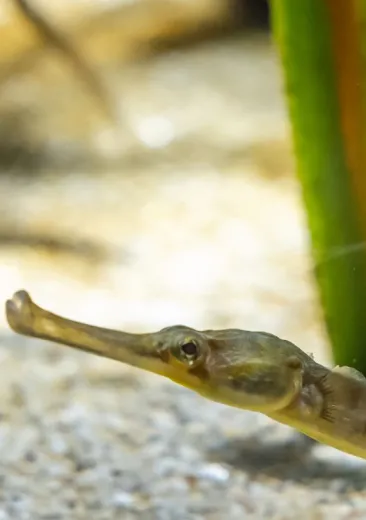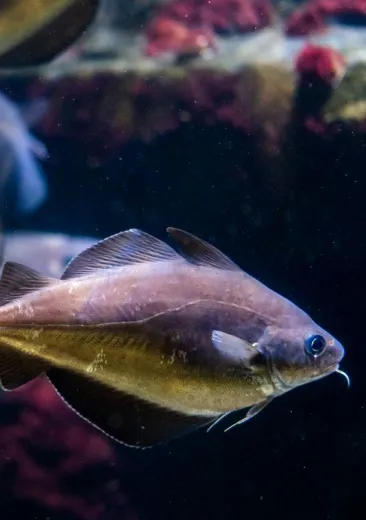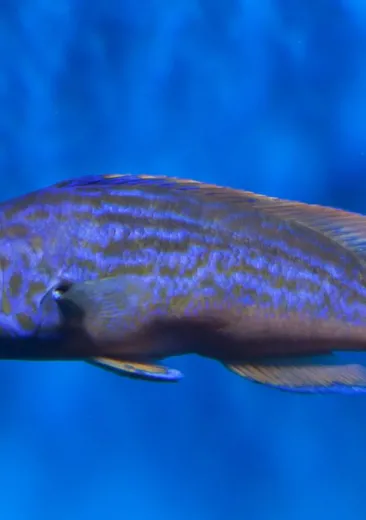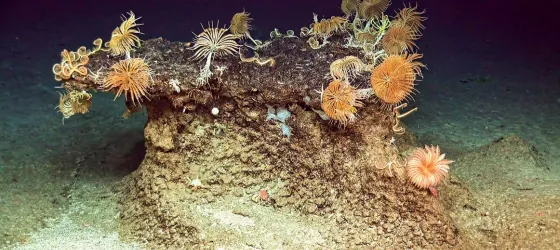It seems that if two anilocra journey on the same fish, they can communicate and even reproduce via the fish's bloodstream.
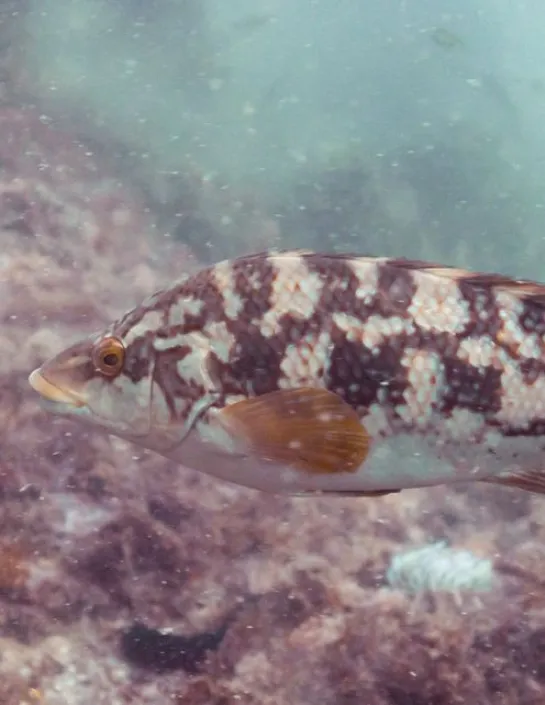
Identity card
Ballan Wrasse
- Scientific name:
- Labrus bergylta
- Family:
- Labridae
- Class:
- Actinopterygii
- Phylum:
- Chordata
- Year of description:
- Ascanius, 1767
- IUCN Status:
- Least Concern
- CITES-status:
Not Evaluated
- Distribution:
-
Waters of the north-east Atlantic, Norway and the northern British Isles as far as Morocco.
- Habitat:
-
Down to a depth of 50 metres
- Size:
It measures between 20 and 50 cm but can grow to 60 cm.
- Diet:
-
Mussels, limpets and crustaceans.
- Longevity:
29 years
